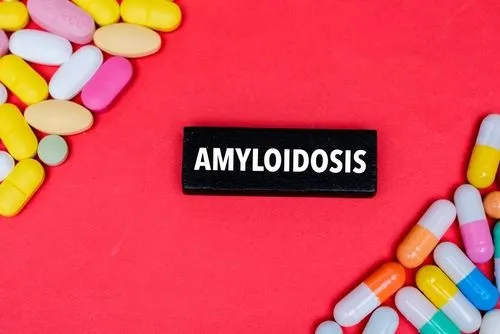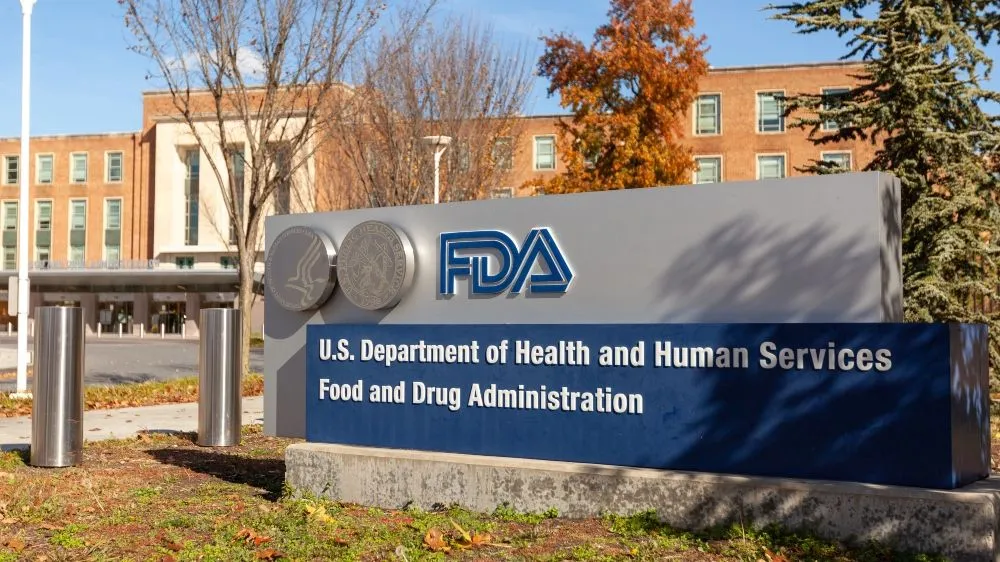Early Indications of Potential Heart Conditions Using Carfilzomib in Multiple Myeloma

Carfilzomib is a next generation proteasome inhibitor that is being regularly used in the myeloma clinic. It is now being used frequently as part of induction therapy and is favored for patients with high risk myeloma. One side effect in approximately 4% of myeloma patients can include heart issues.
A recent Japanese study published in Blood Advances identified that in relapsed/refractory myeloma patients, a baseline left ventricular diastolic dysfunction (LVDD) was associated with severe carfilzomib-induced cardiovascular side effects. Although the incidence is likely higher in the elderly, Asians, and patients with underlying cardiovascular disease, other indicators for heart complications were unknown.
A total of 72 patients with relapsed/refractory myeloma who were treated with carfilzomib-based threapies (such as carfilzomib/lenalidomide/dex or carfilzomib/dex between August 2016 - September 2018 were reviewed for the study. All patients underwent echocardiography evaluating LV at least two weeks before they started carfilzomib. Patients were then divided into three groups: negative, intermediate and definite LVDD. Here's what was checked:
- E/e9 (the ratio of early mitral inflow velocity [E] to mitral annular early diastolic velocity [e9]) .14
- Left atrial volume index .34 mL/m2 (not to be used in patients with more than mild mitral valve stenosis or regurgitation or those in atrial fibrillation)
- Septal e9 velocity, 7 cm/s
- Tricuspid regurgitation velocity .2.8 m/s (not to be used in patients with significant pulmonary disease)
Then researchers applied three rules:
- If 50% of the measurable parameters met the criteria, LVDD was considered negative
- If 50% of the measurable parameters met the criteria, LVDD was considered definite
- If 50% of the measurable parameters met the criteria, the diagnosis of LVDD was considered intermediate
Twelve patients (16.7%) had severe carfilzomib-induced cardiovascular adverse effects, the most common being acute heart failure (7 patients). Other severe side effects included hypertension, left ventricular ejection fraction decrease, acute coronary syndrome and QT prolongation. Two patients died from heart failure and one from acute myocardial infarction. These severe side effects occurred more commonly in patients with existing health conditions, a higher number of prior therapies or definite LVDD.
Twenty patients (45%) had definite LVDD. Nine of these 20 developed cardiovascular adverse effects compared with 1 patient with no LVDD .
Based on these results Yoshiaki Abe, PhD of Kameda Medical Center in Kamogawa, Japan said:
"Assessment of left ventricular diastolic function before treatment may thus have the potential to establish risk-adapted modifications of carfilzomib-based chemotherapy,”
These severe carfilzomib-induced cardiovascular adverse effects occurred more commonly in patients with worse performance status, a higher number of previous treatment regimens, or definite LVDD. The researchers noted:
“Although this study has several limitations, including its retrospective nature, heterogeneous treatment, the presence of possible confounding factors, and small sample size, it proposes a promising approach for predicting severe carfilzomib-induced cardiovascular adverse effects. This has been eagerly sought in real-life clinical settings.”
The researchers conclude by suggestion that an assessment of LV diastolic function before treatment may have the potential to establish risk-adapted modifications of carfilzomib-based treatment and monitoring.
Carfilzomib is a next generation proteasome inhibitor that is being regularly used in the myeloma clinic. It is now being used frequently as part of induction therapy and is favored for patients with high risk myeloma. One side effect in approximately 4% of myeloma patients can include heart issues.
A recent Japanese study published in Blood Advances identified that in relapsed/refractory myeloma patients, a baseline left ventricular diastolic dysfunction (LVDD) was associated with severe carfilzomib-induced cardiovascular side effects. Although the incidence is likely higher in the elderly, Asians, and patients with underlying cardiovascular disease, other indicators for heart complications were unknown.
A total of 72 patients with relapsed/refractory myeloma who were treated with carfilzomib-based threapies (such as carfilzomib/lenalidomide/dex or carfilzomib/dex between August 2016 - September 2018 were reviewed for the study. All patients underwent echocardiography evaluating LV at least two weeks before they started carfilzomib. Patients were then divided into three groups: negative, intermediate and definite LVDD. Here's what was checked:
- E/e9 (the ratio of early mitral inflow velocity [E] to mitral annular early diastolic velocity [e9]) .14
- Left atrial volume index .34 mL/m2 (not to be used in patients with more than mild mitral valve stenosis or regurgitation or those in atrial fibrillation)
- Septal e9 velocity, 7 cm/s
- Tricuspid regurgitation velocity .2.8 m/s (not to be used in patients with significant pulmonary disease)
Then researchers applied three rules:
- If 50% of the measurable parameters met the criteria, LVDD was considered negative
- If 50% of the measurable parameters met the criteria, LVDD was considered definite
- If 50% of the measurable parameters met the criteria, the diagnosis of LVDD was considered intermediate
Twelve patients (16.7%) had severe carfilzomib-induced cardiovascular adverse effects, the most common being acute heart failure (7 patients). Other severe side effects included hypertension, left ventricular ejection fraction decrease, acute coronary syndrome and QT prolongation. Two patients died from heart failure and one from acute myocardial infarction. These severe side effects occurred more commonly in patients with existing health conditions, a higher number of prior therapies or definite LVDD.
Twenty patients (45%) had definite LVDD. Nine of these 20 developed cardiovascular adverse effects compared with 1 patient with no LVDD .
Based on these results Yoshiaki Abe, PhD of Kameda Medical Center in Kamogawa, Japan said:
"Assessment of left ventricular diastolic function before treatment may thus have the potential to establish risk-adapted modifications of carfilzomib-based chemotherapy,”
These severe carfilzomib-induced cardiovascular adverse effects occurred more commonly in patients with worse performance status, a higher number of previous treatment regimens, or definite LVDD. The researchers noted:
“Although this study has several limitations, including its retrospective nature, heterogeneous treatment, the presence of possible confounding factors, and small sample size, it proposes a promising approach for predicting severe carfilzomib-induced cardiovascular adverse effects. This has been eagerly sought in real-life clinical settings.”
The researchers conclude by suggestion that an assessment of LV diastolic function before treatment may have the potential to establish risk-adapted modifications of carfilzomib-based treatment and monitoring.
about the author
Jennifer Ahlstrom
Myeloma survivor, patient advocate, wife, mom of 6. Believer that patients can contribute to cures by joining HealthTree Cure Hub and joining clinical research. Founder and CEO of HealthTree Foundation.
More on Treatment Advances
Trending Articles




Get the Latest Multiple Myeloma Updates, Delivered to You.
By subscribing to the HealthTree newsletter, you'll receive the latest research, treatment updates, and expert insights to help you navigate your health.
















